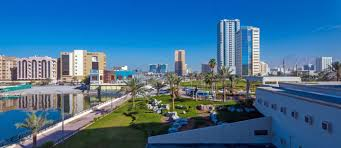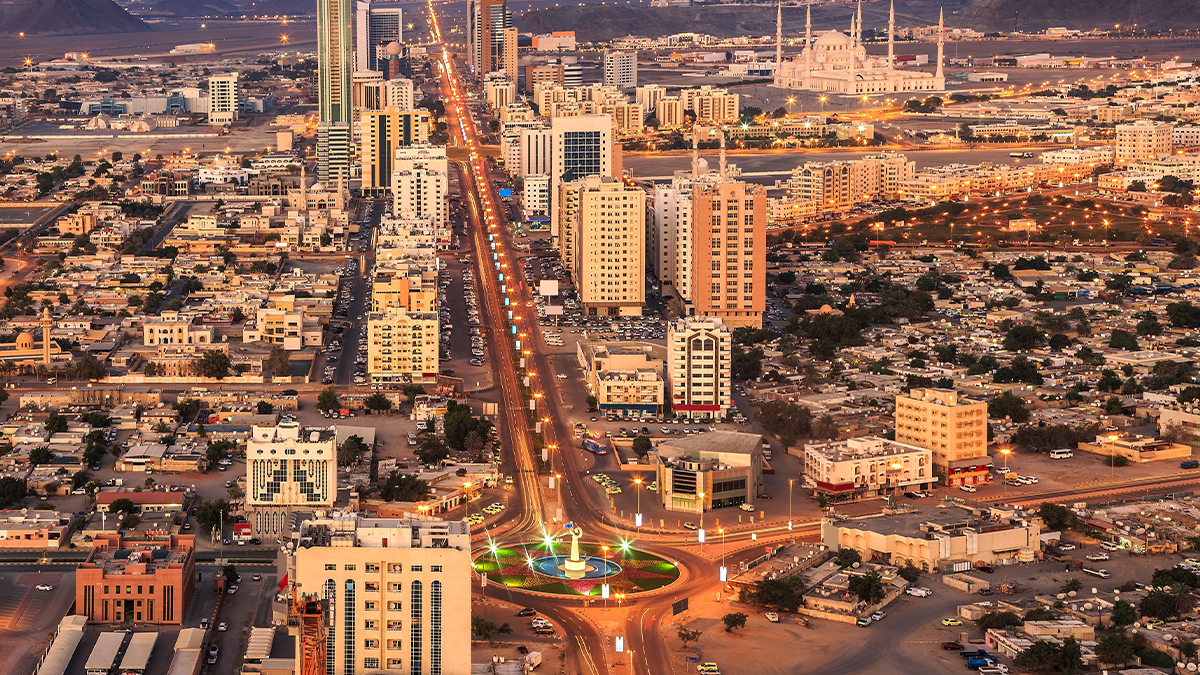Now Reading: How Natural Water Movement Shapes Life and Landscapes 2025
-
01
How Natural Water Movement Shapes Life and Landscapes 2025
How Natural Water Movement Shapes Life and Landscapes 2025

Water is life — and how it moves across our planet plays a bigger role than most of us realize. From the rain that falls in the mountains to the mighty rivers flowing into the oceans, every drop of moving water is part of a larger system. This system is called natural water movement, and it is one of the most important forces on Earth.
But what exactly is natural water movement? Why does it matter? And how does it affect humans, animals, and the environment? In this article, we break down this fascinating subject in simple language — helping readers understand how water moves and why it matters now more than ever.
What is Natural Water Movement?
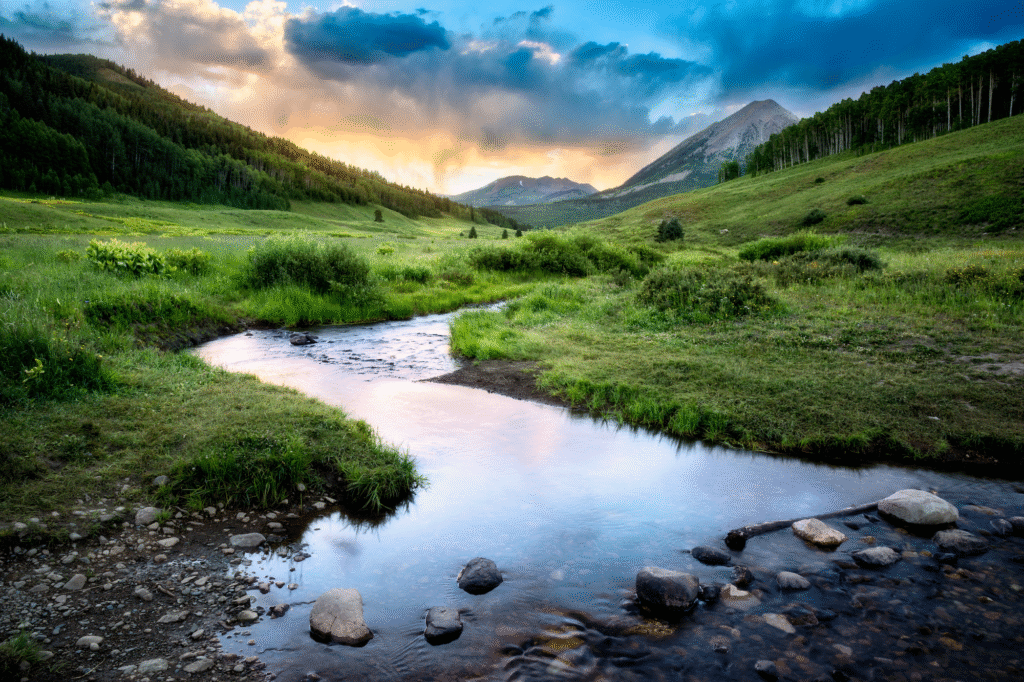
Natural water movement refers to the way water flows across the surface of the Earth and below it. This includes rainfall, river currents, ocean waves, underground water flow, and even snowmelt. This movement is all part of a larger process known as the water cycle.
The water cycle is the journey water takes as it moves through the air, land, and sea. It includes:
- Evaporation – when the sun heats water in rivers, lakes, or oceans and turns it into vapor.
- Condensation – when that vapor cools and forms clouds.
- Precipitation – when water falls back to the ground as rain, snow, or hail.
- Collection – when water gathers in bodies like rivers, lakes, and oceans.
This endless cycle is powered by sunlight, gravity, and the wind — all natural forces that work together to keep water moving.
Why Natural Water Movement Matters
Natural water movement is not just about streams and raindrops — it is about survival. Here’s how it plays a role in our everyday lives:
- Provides Drinking Water
Rainwater that falls into rivers and lakes becomes the main source of drinking water for millions of people. When this water flows naturally, it helps refill aquifers and reservoirs. - Supports Agriculture
Farmers rely on water from rivers and rainfall to grow crops. If natural water movement stops — like during droughts or floods — food supplies can be at risk. - Shapes Landscapes
Over time, flowing water carves valleys, builds beaches, and moves soil. Famous sites like the Grand Canyon were shaped almost entirely by the movement of water. - Supports Wildlife
Natural water systems create homes for fish, birds, and other animals. Wetlands, rivers, and oceans are full of life that depends on constant water flow. - Regulates Climate
Oceans and large rivers help control temperature and weather. They store heat and move it around the globe, balancing hot and cold regions.
Examples of Natural Water Movement
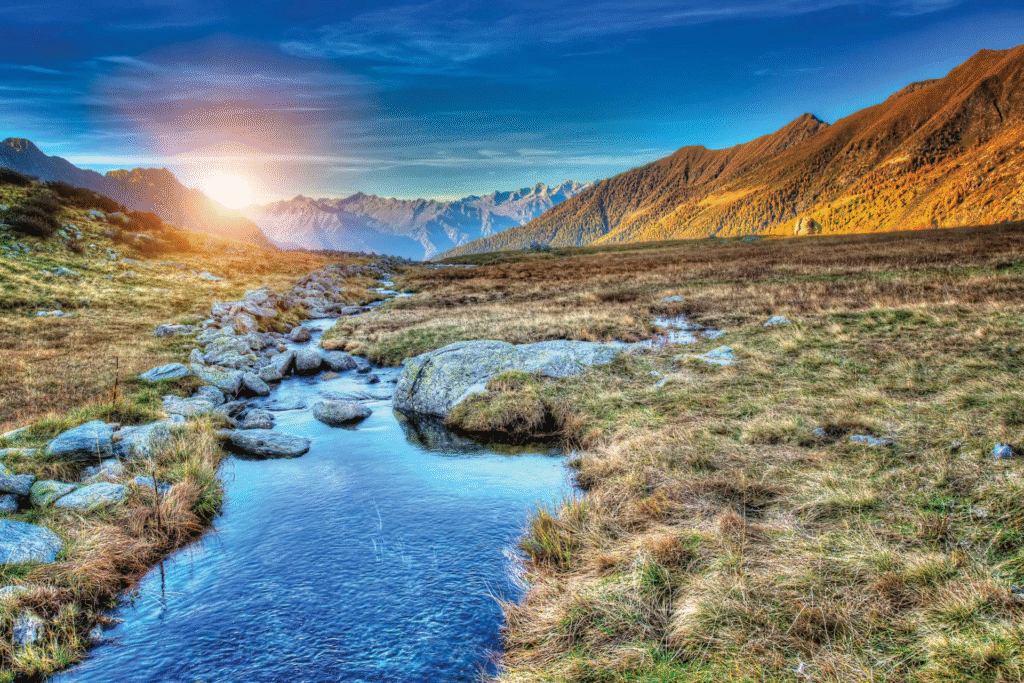
Let’s look at some real-life examples of how natural water moves:
- Rivers like the Amazon or Nile move millions of gallons of water every second, flowing from highlands to oceans, supporting life all the way.
- Ocean currents, such as the Gulf Stream, transport warm water from the tropics to colder areas, affecting weather in countries thousands of miles away.
- Glacial melt in the Himalayas becomes rivers that supply water to billions in Asia.
- Underground water flow, or groundwater, slowly travels through soil and rock, feeding springs and wells that people rely on.
Human Impact on Natural Water Flow
Unfortunately, natural water movement is being changed by human activity. Some examples include:
- Dams and reservoirs: While useful for electricity and water storage, they block the natural flow of rivers and affect fish migration.
- Deforestation: When trees are cut down, the land holds less water, leading to faster runoff, erosion, and reduced rainfall over time.
- Pollution: Chemicals and waste dumped into rivers or oceans harm the ecosystems and make the water unsafe for both people and wildlife.
- Climate change: Warmer temperatures are speeding up evaporation and melting ice too quickly, disturbing the natural balance of the water cycle.
How We Can Protect Natural Water Movement
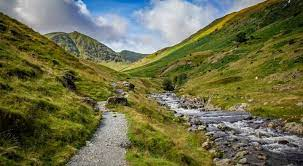
Protecting water movement means protecting life itself. Here are a few ways individuals and governments can help:
- Support Wetland Conservation
Wetlands help slow down and filter water naturally. Saving these areas keeps ecosystems healthy. - Plant More Trees
Forests help store rainwater and reduce flooding. Tree roots also prevent soil erosion. - Reduce Water Waste
Fixing leaks, using water wisely, and choosing water-efficient appliances can help reduce pressure on natural water systems. - Limit Pollution
Avoid dumping chemicals into drains and support clean-up efforts in local rivers or beaches. - Build Smart Infrastructure
Designing cities with green spaces, rain gardens, and natural drainage helps rainwater soak into the ground instead of flooding streets.
Final Thoughts
Natural water movement is one of the most powerful and essential processes on Earth. It shapes landscapes, supports life, and keeps the climate in balance. But it’s also something we must protect.
Understanding how water moves helps us take smarter steps toward sustainability. Whether you live near a river, depend on rainfall for farming, or simply drink from a tap, you are connected to this invisible engine that powers our world. Respect it, protect it — and flow with it.
Read More:- Shobha Realty Launches Its Most Luxurious Project Yet—Full Details Inside 2025



